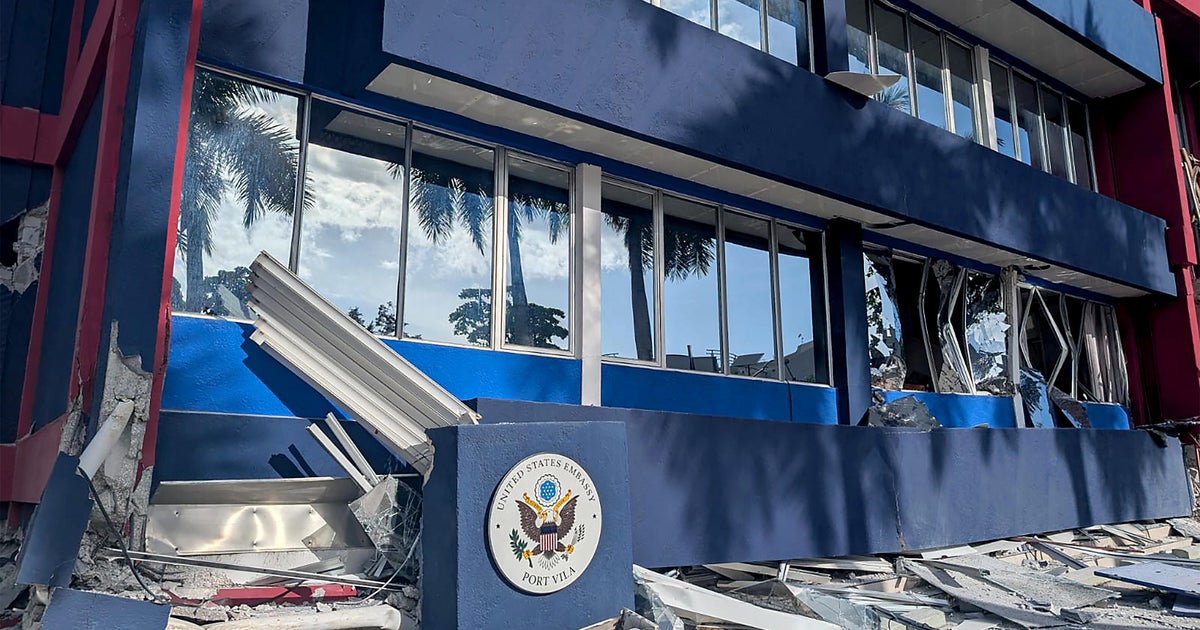High-speed emergency bathroom run lands Japanese "bullet train" driver in hot water
Tokyo — A symbol of national pride and vital part of Japan's transport infrastructure, the famed high-speed "bullet train" got some unwanted attention from regulators this month after the driver briefly abandoned his controls to take a bathroom break — leaving the futuristic, aerodynamically elongated N700S and its 160 passengers to hurtle along the tracks at 93 miles-per-hour.
"This has never happened before," Central Japan Railway public relations representative Ryumon Hashimoto told CBS News. He said the driver, a 36-year-old with eight years of experience, had told superiors "he didn't want to stop and slow down the train."
The train departed Tokyo Station at 7:33 a.m., bound for Shin-Osaka station, one of the busiest and most lucrative train routes in the world. At 8:14, outside the city of Odawara southwest of Tokyo, the driver suffered a bout of abdominal distress.
But with the service's reputation for timeliness clearly on his mind, instead of stopping the train to run to the bathroom, he called in the conductor to occupy the control room for three minutes, until he was able to scramble back to his post.
"Many of our conductors are licensed to take the controls," Hashimoto said. "But this one wasn't."
The bullet trains, which hit speeds close to 200 miles-per-hour on some routes, are all precision-controlled by central command systems, and the driver's role is essentially to fine-tune speeds to smooth out the ride for passengers — and step in should there be any system failure.
The central control center in Tokyo quickly picked up that something was amiss, as, in the driver's absence, sensors along the tracks detected the train running one minute behind schedule.
Making sure the trains run on time has long been a mantra in Japan, and sharply uniformed drivers are expected to be able to calculate speeds so that their coaches glide into stations on schedule — down to the second.
Indisposed drivers are not, however, penalized for stopping their trains at the nearest station, Hashimoto said.
At a press conference this week, a Japan Rail Central official apologized, calling the incident "extremely inappropriate." The official said the driver would be dealt with "appropriately," and that he hadn't reported his own departure from the controls out of embarrassment.
While it was the first time a bullet train had ever carried passengers without a driver at the controls, a similar incident occurred in 2001: An empty train heading back to the terminal at 15 mph was briefly driverless, when the motorman left the controls to scour the 16-car train for his cap. Going hatless is a uniform violation.
This week, there was overwhelming sympathy voiced online with the driver.
"He's human, so he gets stomach aches," wrote one commentator. "If he had said he had to stop because of cramps, nobody would have held it against him. I'm more scared of drivers trying to drive through pain — which could be more dangerous."
Others asked why the national train operator didn't ensure that co-pilots were always on hand, to step in in the event of such emergencies.
Spokesman Hashimoto said such staffing was unnecessary as drivers are assigned routes of three hours or less, with one-hour breaks.





